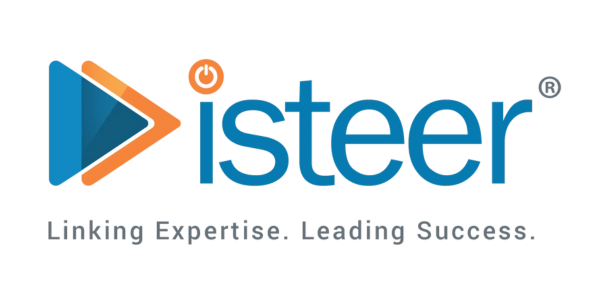In today’s fast-paced business environment, efficiency and automation are essential for staying ahead. One of the key areas where automation has a significant impact is user management. Workato, a leading integration and automation platform, provides a robust solution for automating user management processes, streamlining workflows, and reducing manual workloads. This blog explores how Workato functions as middleware for automating user management and highlights a practical use case illustrating its capabilities.
The Need for Automated User Management
User management involves tasks such as onboarding new employees, managing access permissions, and offboarding departing staff. Traditionally, these tasks are performed manually, leading to inefficiencies and errors. Automated user management addresses these challenges by ensuring:
Efficiency: Automating repetitive tasks saves time and allows IT teams to focus on strategic initiatives.
Accuracy: Reducing manual intervention minimizes errors in user data and access rights.
Compliance: Automation ensures that user management processes adhere to security and compliance standards.
Workato as Middleware for User Management
Workato connects various applications involved in user management, automating workflows between them. It supports integrations with HR systems, identity and access management (IAM) platforms, and IT service management (ITSM) tools.
Key Features of Workato
Pre-built Connectors: Workato offers connectors for popular applications, enabling seamless integration without extensive development.
Custom Workflows: Users can design workflows using a visual interface, specifying triggers, actions, and conditions to automate tasks.
Error Handling: Built-in error handling and logging ensure quick identification and resolution of issues.
Scalability: Workato can handle large data volumes and complex workflows, making it suitable for organizations of all sizes.
Use Case: Automated Employee Onboarding
Scenario
A company uses Workday (HR), Okta (IAM), and Jira (project management) for various functions. The manual onboarding process involves creating user accounts in multiple systems, setting permissions, and notifying teams—an inefficient and error-prone process.
Solution with Workato
Trigger: HR enters new employee details in Workday.
Workflow Initiation: Workato detects the new entry and triggers the onboarding process.
Account Creation: Workato creates user accounts in Okta with predefined roles and permissions.
Project Assignment: Workato integrates with Jira to create an account and assign the employee to relevant projects.
Notifications: IT and project teams receive automated alerts about the new hire.
Follow-up Actions: Additional tasks, such as setting up email accounts or provisioning hardware, are assigned automatically.
Benefits of Automating User Management with Workato
Speed: The process is completed in minutes, significantly reducing onboarding time.
Consistency: Standardized workflows minimize errors and ensure uniform execution.
Visibility: Stakeholders have real-time visibility into the onboarding process, improving transparency.
Conclusion
Workato provides an efficient, scalable, and secure solution for automating user management. By integrating different systems and automating complex workflows, Workato enhances efficiency, accuracy, and compliance in user management processes. Organizations looking to streamline their user management can benefit from Workato’s capabilities, allowing HR and IT teams to focus on strategic initiatives while ensuring seamless employee onboarding and management.







